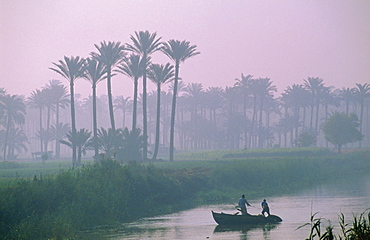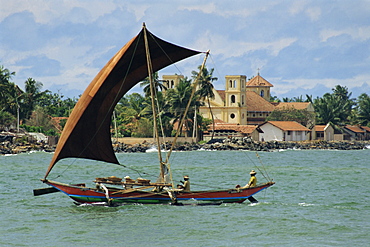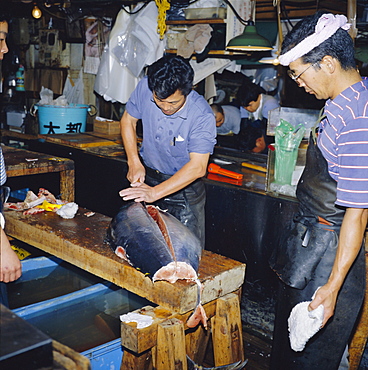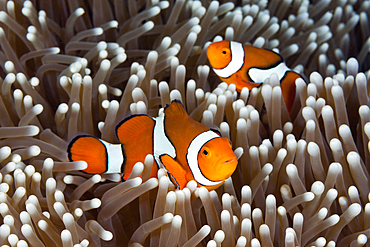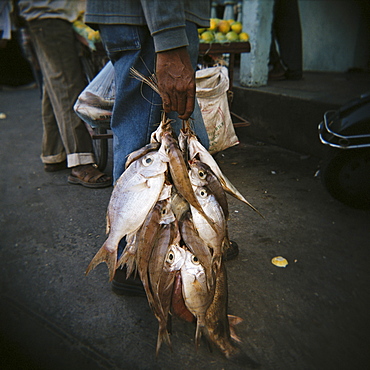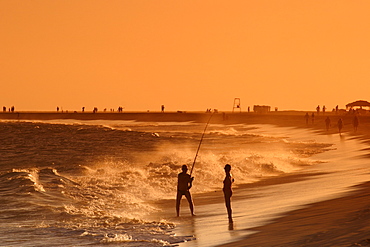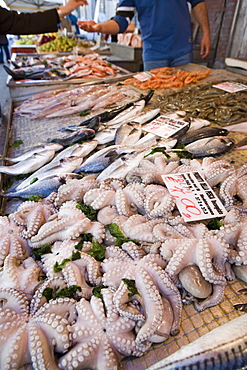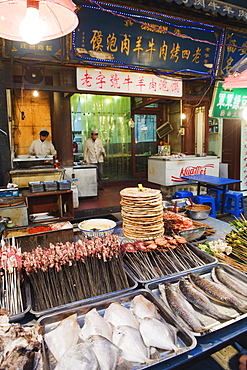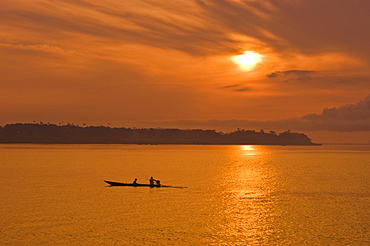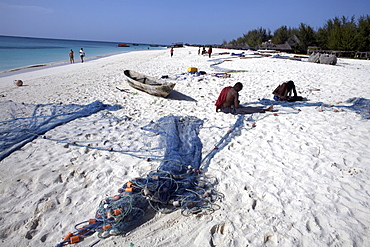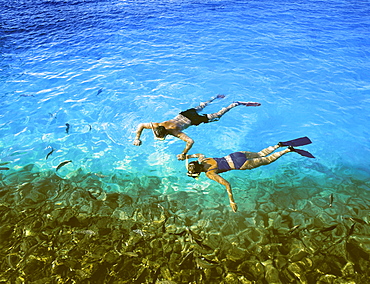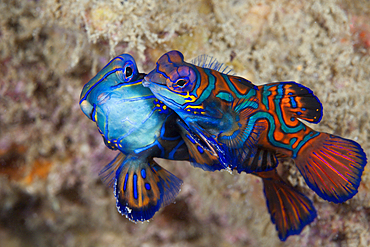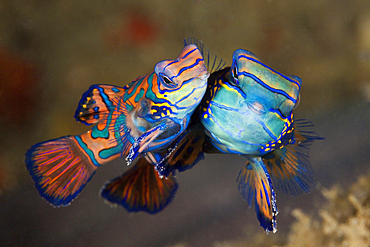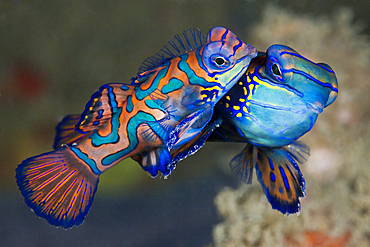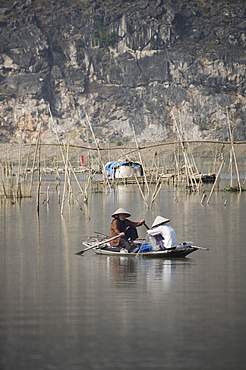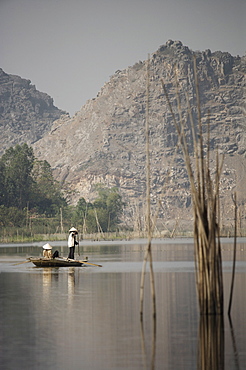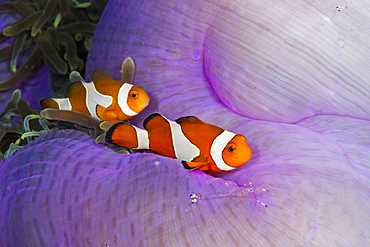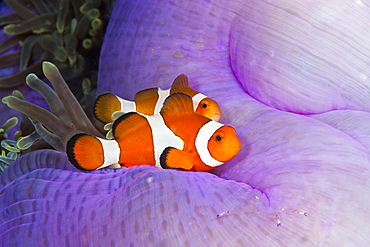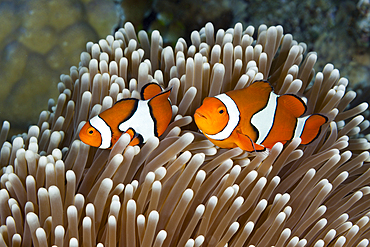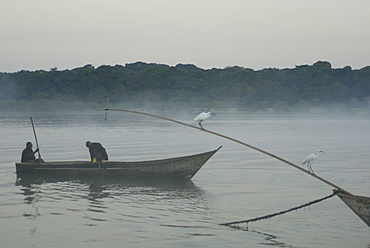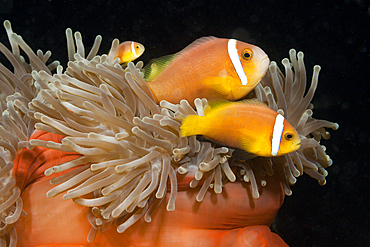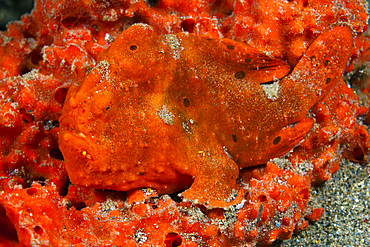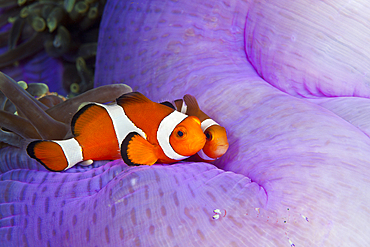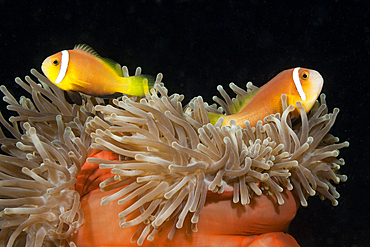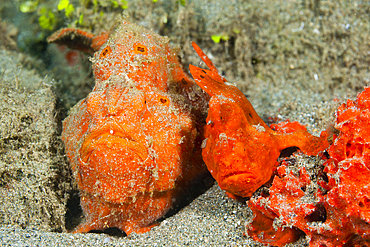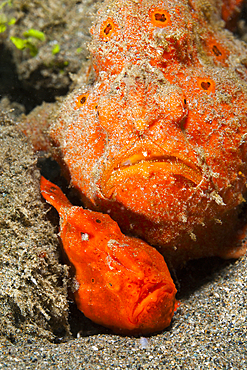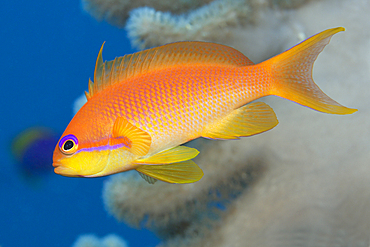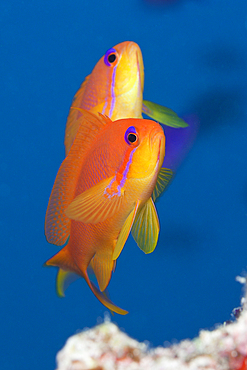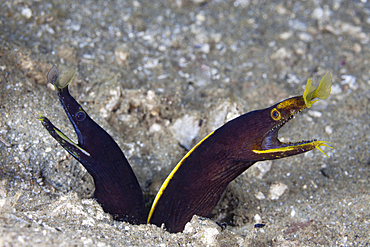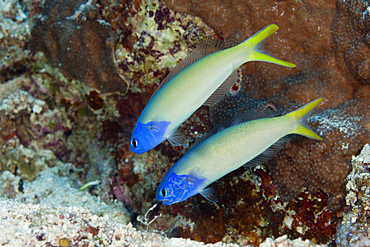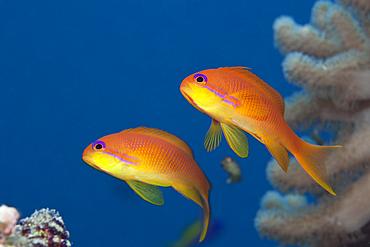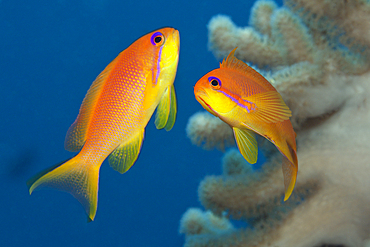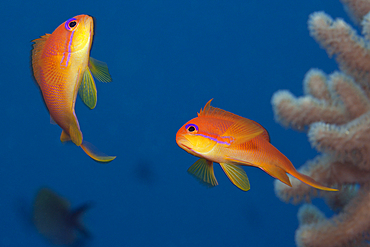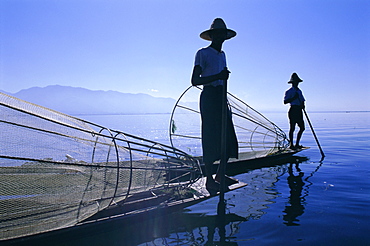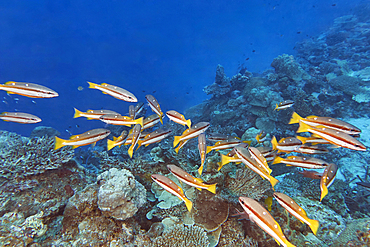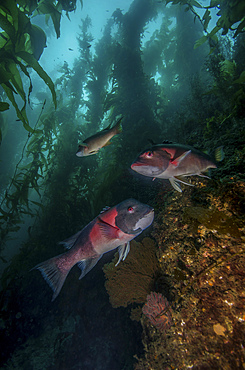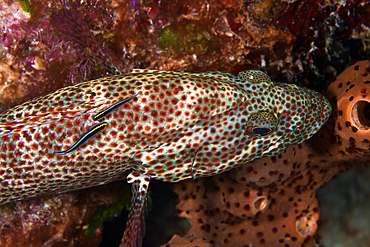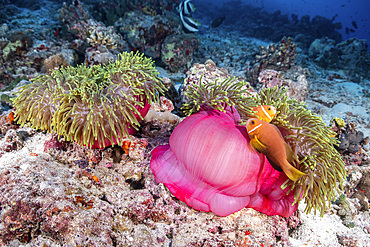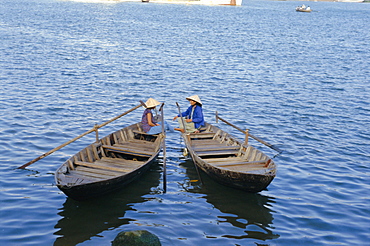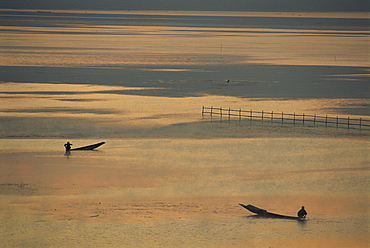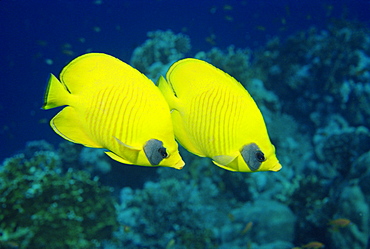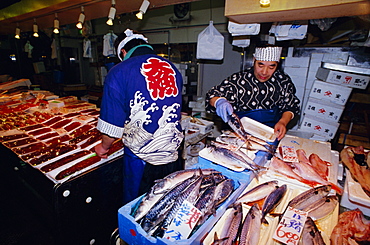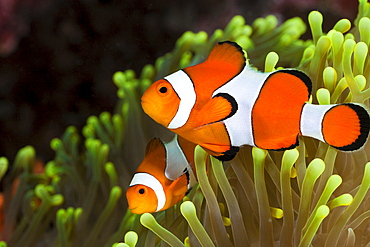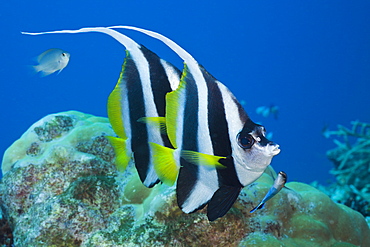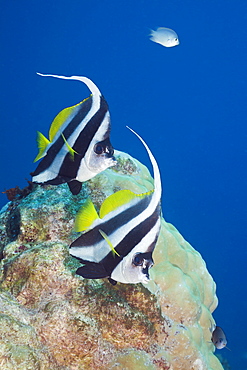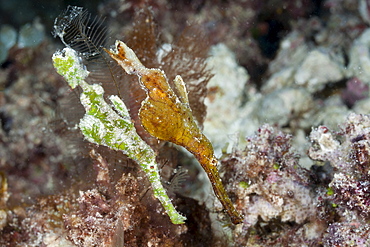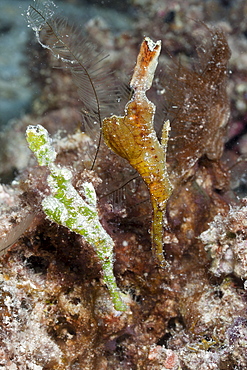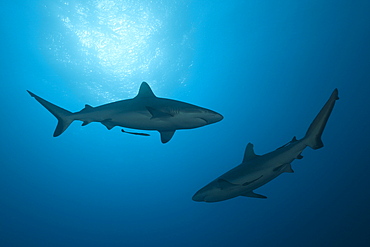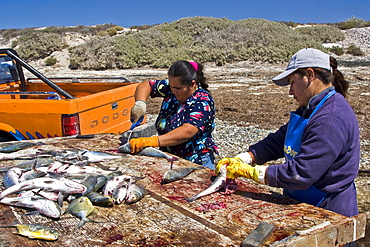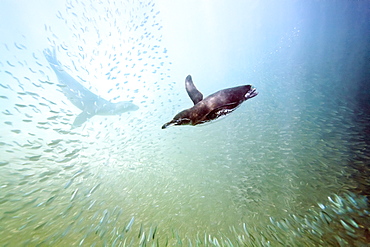Results
59 results found
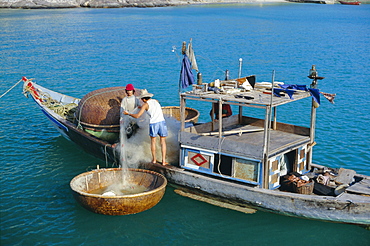
Fisherman sorting nets out of a traditional thung chai (basket boat) at Mieu Island, Nha Trang, Vietnam, Indochina, Southeast Asia, Asia
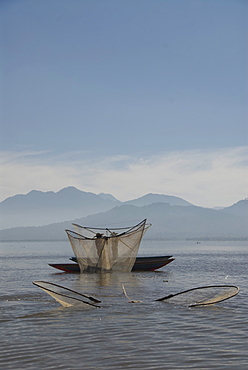
Fishermen with traditional butterfly nets, Lago de la Patzcuaro, Patzcuaro, Michoacan, Mexico, North America
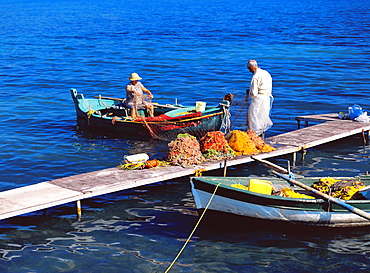
Fisherman and his wife cleaning the fishing nets in boat and jetty, Corfu, Greek Islands, Greece, Europe
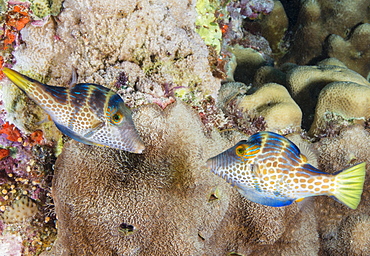
Mating display by pair of Wire-net filefish (Cantherhines paradalis), Queensland, Australia, Pacific
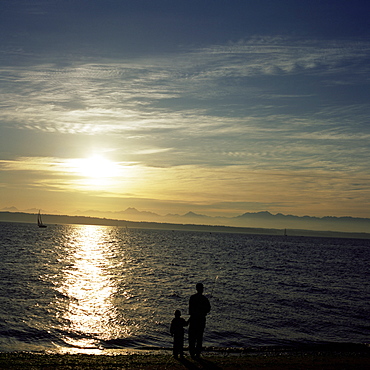
Father and son fish from Golden Gardens Park, Olympic Mountains in distance, Seattle, Washington State, United States of America (U.S.A.), North America

Fishing boat leaving harbour, Puerto Pollensa, Mallorca (Majorca), Balearic Islands, Spain, Mediterranean, Europe

The Corniche, latticed white houses and Mutrah Mosque in the early morning, Mutrah, Muscat, Oman, Middle East
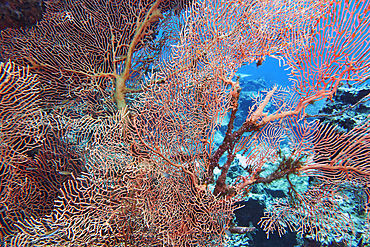
A huge Echinogorgia species sea fan, more than two metres across, on a coral reef in Gaafu Dhaalu atoll, Maldives
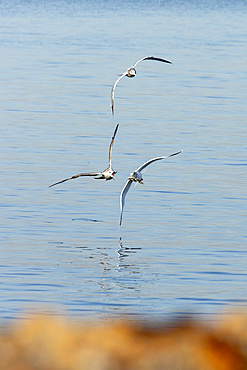
Two gulls chase another who is flying with a freshly caught fish in his bill. Photo taken at Sandy Hook, a coastal area of New Jersey.
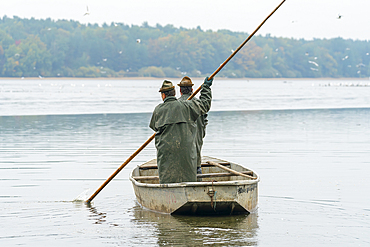
Two fishermen on boat preparing for fish harvest, Rozmberk Pond, UNESCO Biosphere, Trebon, Jindrichuv Hradec District, South Bohemian Region, Czech Republic (Czechia), Europe
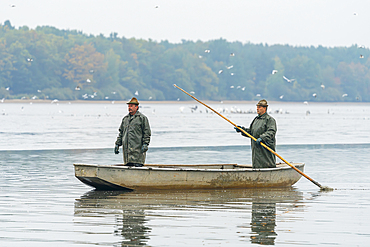
Two fishermen on boat preparing for fish harvest, Rozmberk Pond, UNESCO Biosphere, Trebon, Jindrichuv Hradec District, South Bohemian Region, Czech Republic (Czechia), Europe

Two fish for sale at the daily morning fish market, Stone Town, island of Zanzibar, Tanzania, East Africa, Africa
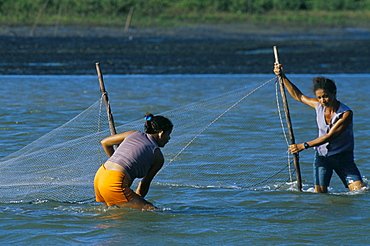
Women trapping fish with nets, Parque Nacional dos Lencois Maranhenses, near Atins, Lencois Maranhenses, Brazil, South America
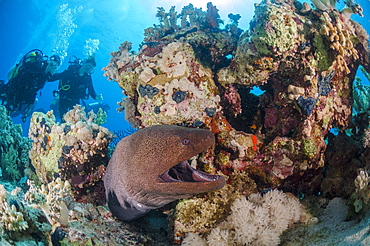
Two scuba divers, giant moray (Gymnothorax javanicus) with open mouth, and coral reef, Ras Mohammed National Park, Red Sea, Egypt, North Africa, Africa
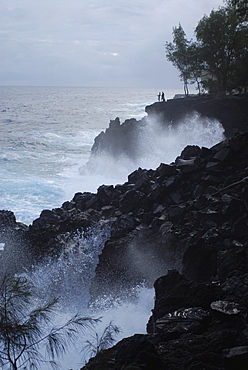
Two Hawaiians fish at Mackenzie State Park, Big Island, Hawaii, Hawaiian Islands, United States of America, Pacific, North America
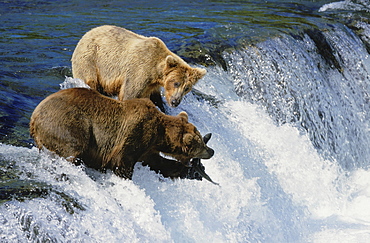
Brown bear. Ursus arctos. At waterfall / brooks falls. Catching leaping sockeye salmon in summer. Katmai n.p, alaska, usa
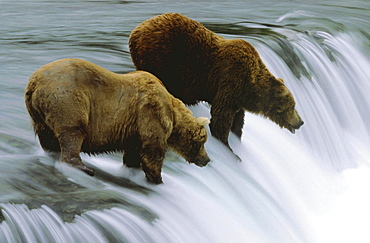
Brown bears, ursus arctos. Two bears at waterfall waiting to catch leaping salmon; summer; long exposure time usa, alaska. Brooks falls

Indonesia crs housing project at seunebok tuengoh relocation site. zaman, a fisherman, smoking fish, with his wife habibah. meulaboh, aceh, two years after the tsunami

Indonesia crs housing project at seunebok tuengoh relocation site. zaman, a fisherman, smoking fish. meulaboh, aceh, two years after the tsunami

Pair of masked rabbitfish (Siganus puellus), swimming in mid-water, Ailuk atoll, Marshall Islands, Pacific
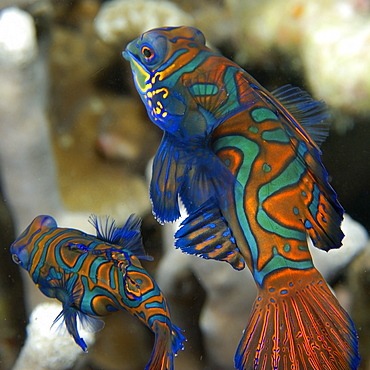
Pair of mandarinfish (Synchiropus splendidus) displaying spawning behaviour, Malapascua, Cebu, Philippines, Visayan Sea, Southeast Asia, Asia
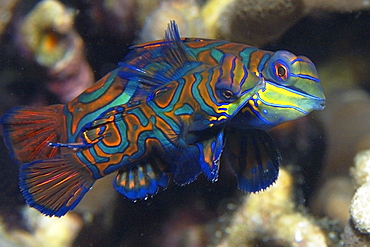
Pair of mandarinfish (Synchiropus splendidus) mating, Malapascua, Cebu, Philippines, Visayan Sea, Southeast Asia, Asia
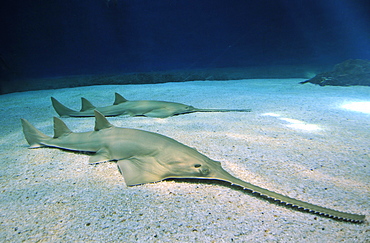
Critically endangered largetooth sawfish (Pristis microdon), Aquarium of Genova, Genova, Liguria, Italy, Europe
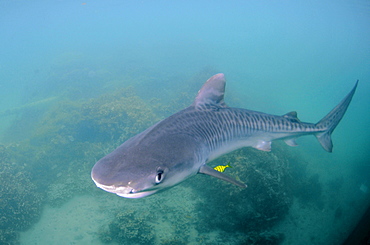
Young tiger shark (Galeocerdo cuvier) accompanied by golden trevally (Gnathanodon speciosus), Kaneohe, Hawaii, United States of America, Pacific
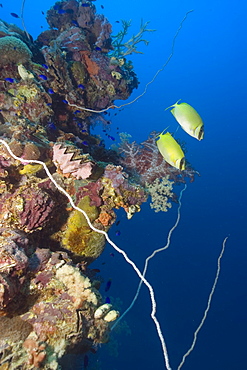
Pair of masked rabbitfish (Siganus puellus) swimming over mast encrusted with coral, Shinkoku Maru, Truk lagoon, Chuuk, Federated States of Micronesia, Caroline Islands, Micronesia, Pacific Ocean, Pacific
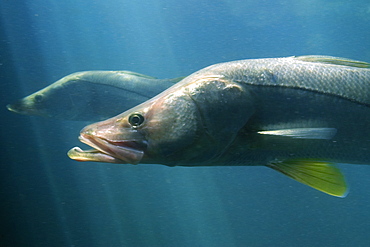
Common snook (Snoek) (Centropomus undecimalis), Homosassa Springs Wildlife State Park, Florida, United States of America, North America
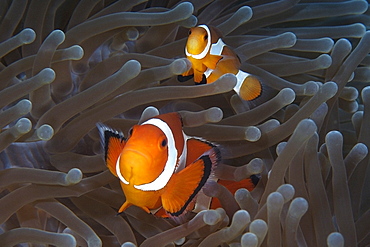
Pair of false clown anemone fish (Amphiprion ocellaris), Dauin, Dumaguete, Negros Island, Philippines, Southeast Asia, Asia

Pair of spotted rabbitfish (golden rabbitfish) (Siganus guttatus) swimming in mid-water, Dumaguete, Negros, Philippines, Southeast Asia, Asia
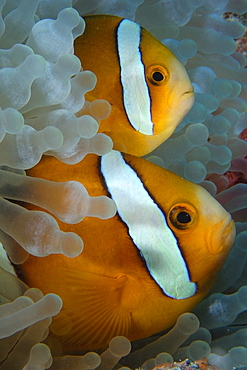
Pair of endemic three-banded anemonefish (Amphiprion tricinctus) and bulb anemone (Entacmaea quadricolor), Namu atoll, Marshall Islands, Pacific
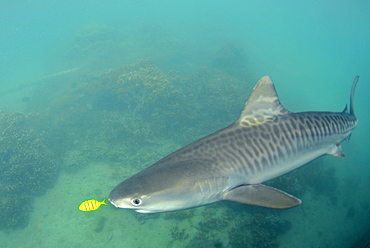
Young tiger shark (Galeocerdo cuvier) accompanied by golden trevally (Gnathanodon speciosus), Kaneohe, Hawaii, United States of America, Pacific
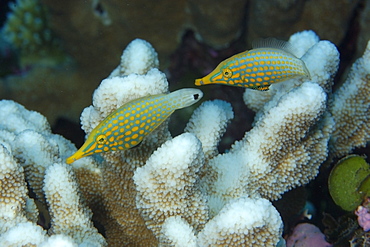
Pair of longnose filefish (Oxymonacanthus longirostris) feeding on coral (Acropora isopora sp.), Rongelap, Marshall Islands, Micronesia, Pacific

Pair of wire coral gobies (Bryaninops yongei) on wire coral (Cirripathes anguina), Ailuk atoll, Marshall Islands, Pacific
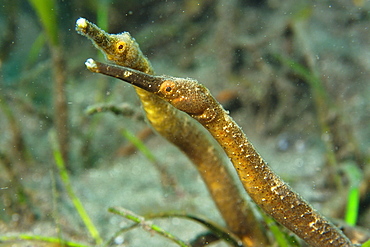
Short-tailed pipefish (Trachyrhamphus bicoarctatus), Masaplod, Dumaguete, Negros Island, Philippines, Southeast Asia, Asia

Clearfin lizardfish (Synodus dermatogenys), Dumaguete, Negros Island, Philippines, Southeast Asia, Asia
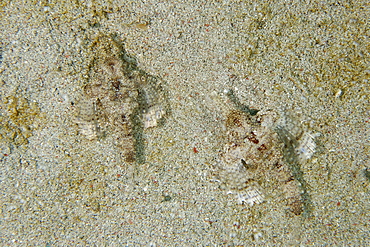
Pair of pegasus fish (dragon sea moth) (Eurypegasus draconis) on sandy bottom, Puerto Galera, Mindoro, Philippines, Southeast Asia, Asia

Pair of orange-dashed gobies (Valenciennea puellaris), Lapus Lapus Island marine park, Malapascua, Cebu, Philippines, Southeast Asia, Asia
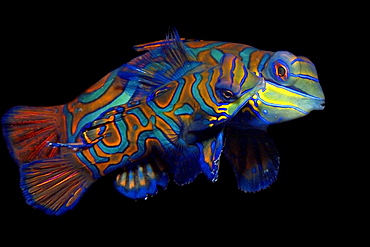
Pair of mandarinfish (Synchiropus splendidus) mating, Malapascua, Cebu, Philippines, Visayan Sea, Southeast Asia, Asia
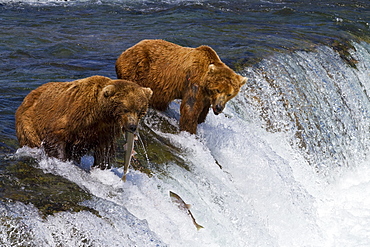
Adult brown bear (Ursus arctos) foraging for salmon at the Brooks River in Katmai National Park near Bristol Bay, Alaska, USA, Pacific Ocean
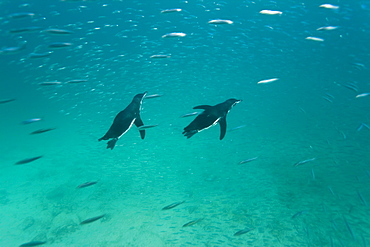
Adult Galapagos penguin (Spheniscus mendiculus) hunting fish underwater in the Galapagos Island Group, Ecuador

Grey Angelfish (Pomacanthus arcuatus), two fish swimming over coral reef, Cayman Brac, Cayman Islands, Caribbean
